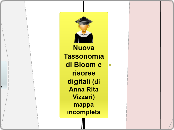por diyana abdullah hace 11 años
811
CELL WALL
Viruses are acellular microorganisms significantly smaller than bacteria, characterized by their dependency on living cells to multiply. They contain a single type of nucleic acid, either DNA or RNA, and are surrounded by a protein coat called a capsid.









